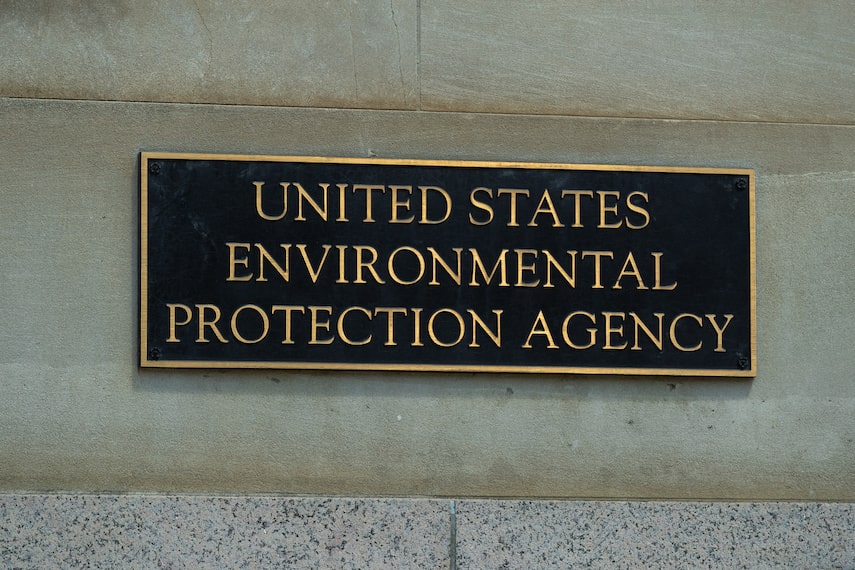Continuing the theme of federal changes … the new administration is aggressively pushing a “business friendly” deregulation agenda at the federal level – and EPA is one of the top targets. While that started with climate matters, once the ball gets rolling I expect to see a seismic shift in the overall environmental regulatory landscape. Everything from Environmental Impact Statement (EIS) mandates to water quality, hazardous waste management, site remediation and environmental justice will be affected.
However, this federal pullback will have minimal impact on most corporate environmental activities and programs.
Why?
Environmental professionals already know the answer, but if your role is supporting the environmental function, you may not.
Most environmental regulatory programs were delegated to state agencies decades ago. Federal environmental laws for air emissions, wastewater discharge, water quality, waste management and site remediation contain provisions for states to obtain “primacy” or “delegation” of those regulatory programs. EPA retains an oversight and review role only in these cases. The last time I checked, at least 48 states had achieved that. Certain programs are still managed at the federal level – such as the Toxic Substance Control Act (TSCA), EIS/environmental justice, environmental crimes and chemical reporting under the Emergency Planning and Community Right to Know Act (EPCRA).
While new federal environmental regulation development and enforcement of existing mandates may slow or retreat, day-to-day environmental compliance management won’t see much change. States will continue to implement and enforce their programs, as well as proceed with regulatory development independent of what happens in Washington.
If anything, states may feel more pressure to execute their regulatory responsibilities. Companies must continue to be vigilant in managing day-to-day environmental compliance. Even if there was an opening for companies to lift up off the compliance pedal, significant financial risks remain of third party lawsuits along with violations of previous settlements and financing covenants, contract terms and insurance coverage terms.
Members can read more about environmental compliance and enforcement here.
If you aren’t already subscribed to our complimentary ESG blog, sign up here for daily updates delivered right to you.










